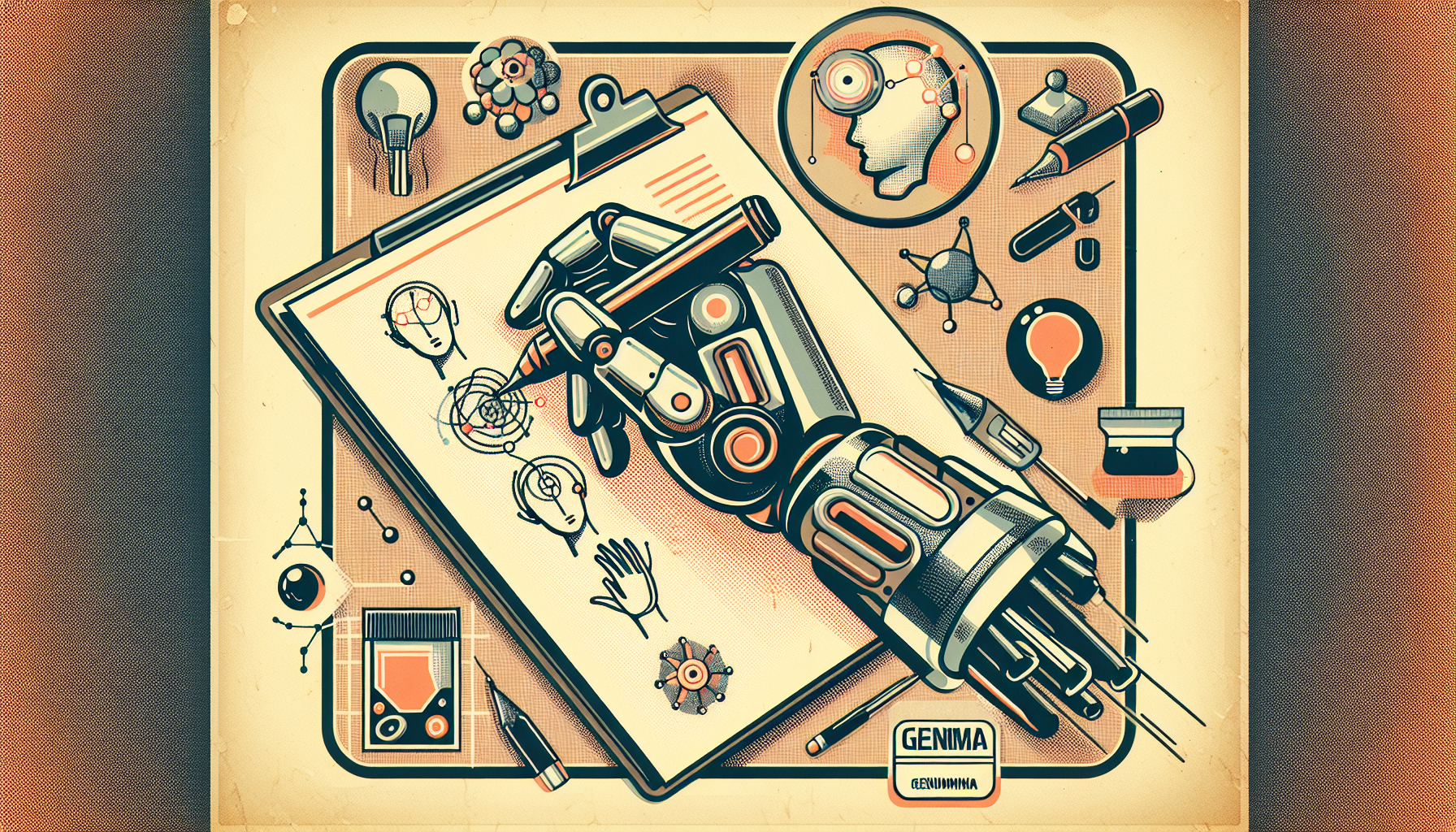In a groundbreaking development in the world of robotics, researchers at Stephen James’s Robot Learning Lab in London have introduced an innovative system named Genima. Using generative AI, Genima creates images that train robots, marking a promising shift in robotic training toward greater efficiency, understanding, and precision.
The Genima System
Diving into the heart of Genima, the system employs advanced generative AI models, finely tuning the Stable Diffusion model for its core function: crafting images that act as educational materials for robots.
- Overlaying Sensor Data: Genima combines data from the robot’s sensors with images the robot’s cameras capture. This blend forms a visual map of the robot’s surroundings and the tasks it must accomplish.
- Colored Spheres for Guidance: These images are further embellished with colored spheres, guiding the robot’s joints towards future movements. This visual roadmap assists robots in interpreting and executing tasks with greater clarity.
Training Process and Outcomes
The journey of training with Genima is a two-step process:
- Image Generation: Initially, Genima generates images depicting intended actions, such as opening a box or grasping a notebook. Stable Diffusion is fine-tuned to detect patterns and provide precise visual cues.
- Action Conversion: Subsequently, these images are translated into executable commands for the robot. Using ACT, another neural network, the system converts visual data into movement coordinates that guide the robot’s actions.
Simulations and Real-World Tests
Genima’s capabilities have been explored in both simulated environments and real-world tests, delivering promising outcomes. In simulated scenarios, Genima reached a 50% success rate, while it achieved a 64% success rate in real-world tasks involving a robotic arm. Though there’s room for improvement, researchers are hopeful. By incorporating video-generation AI models, they aim to predict sequences of actions, enhancing performance further.
Advantages and Applications
The Genima system stands out with several benefits over conventional training techniques:
- Interpretability: Training through images makes the process transparent. Users can foresee the robot’s path and actions, reducing the chances of unexpected behaviors.
- Versatility: The system’s adaptability extends across various robotic forms, whether they are mechanical arms, humanoids, or autonomous cars. There are also potential applications for AI-driven web agents, empowering them to tackle complex tasks with minimal oversight.
Future Directions
Looking ahead, researchers aim to broaden Genima’s capabilities by incorporating video-generation AI models. This integration could empower robots to foresee and execute sequences of activities rather than isolated steps, bolstering speed and accuracy. The potential is vast, especially for domestic tasks like folding laundry or closing drawers, positioning Genima as a versatile asset in both home and industrial environments.
In essence, the Genima system presents a significant leap forward in robotic training. By harnessing generative AI’s power, it provides a more comprehensible, efficient, and precise way to instruct robots. As this groundbreaking technology advances, it holds the potential to significantly influence the development of more capable and reliable robots across diverse industries.

Leave a Reply